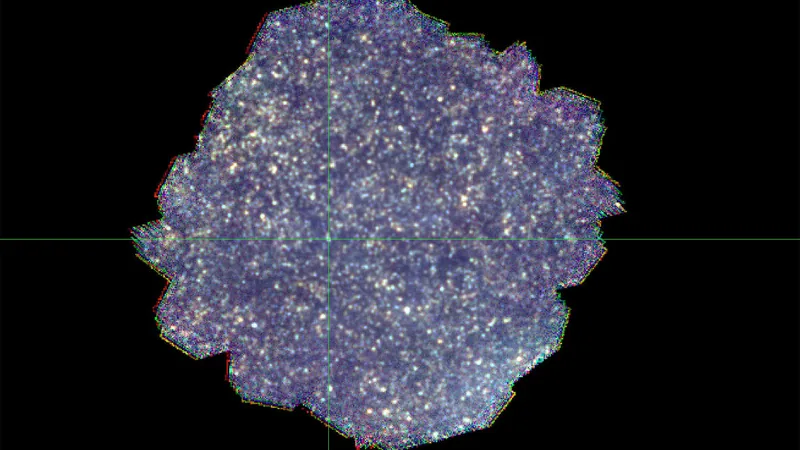
Revolutionary Method Transforms Water Quality Monitoring for Great Barrier Reef Protection!
2024-11-08
Author: Mei
In a groundbreaking advancement for environmental science, researchers at Queensland University of Technology (QUT) have unveiled an innovative statistical technique aimed at improving the monitoring of water quality in streams and rivers that flow into the breathtaking Great Barrier Reef. This crucial research has been published in the respected journal *Water Resources Research*.
Dr. Edgar Santos-Fernandez, the lead author from QUT's School of Mathematical Sciences, emphasized the urgent nature of the issue: "The resilience and biodiversity of the Reef are under siege from land runoff containing harmful pollutants such as fine sediment, excess nutrients, and pesticides." This study is a part of an ARC Linkage Project that strives to safeguard one of the world's most cherished ecosystems.
Traditional water quality sensors, while providing near real-time data, often suffer from technical glitches that can misrepresent the actual conditions of the water. As Dr. Santos-Fernandez points out, "Real-time sensors can deliver inaccurate readings if they get obstructed by rocks, organic material, or even fish."
To combat these challenges, the research team developed a novel system capable of continuously detecting and correcting errors in sensor data, thereby enhancing the reliability of monitoring processes significantly.
Distinguished Professor Kerrie Mengersen, the principal investigator and director of QUT's Center for Data Science, stated, "As threats to global water quality escalate, our innovative framework not only empowers scientists but also equips policymakers to make more informed decisions regarding our precious water resources."
By leveraging advanced statistical techniques, this new method discerns between actual shifts in water quality and mere sensor malfunctions. "The framework utilizes spatial and temporal autocorrelation to accurately identify sensor data anomalies," Dr. Santos-Fernandez explained.
Following exhaustive evaluations of various leading statistical methods, the research team designed a dynamic approach that continuously updates with incoming data. They validated their findings through both simulation studies and practical applications on Queensland's Herbert River, which feeds directly into the Great Barrier Reef.
The outcome? A significant enhancement in the trustworthiness and precision of water-quality monitoring systems. This pioneering method minimizes uncertainty and bias in water quality reporting and modeling, ultimately reducing the need for manual data corrections.
Could this breakthrough lead to more effective water management strategies? As the stakes grow higher for the Great Barrier Reef and its delicate ecosystem, the implications of this research are profound. Protecting the future of this natural wonder may depend on such innovations—making it all the more critical to utilize the latest technologies to preserve our environment.



 Brasil (PT)
Brasil (PT)
 Canada (EN)
Canada (EN)
 Chile (ES)
Chile (ES)
 Česko (CS)
Česko (CS)
 대한민국 (KO)
대한민국 (KO)
 España (ES)
España (ES)
 France (FR)
France (FR)
 Hong Kong (EN)
Hong Kong (EN)
 Italia (IT)
Italia (IT)
 日本 (JA)
日本 (JA)
 Magyarország (HU)
Magyarország (HU)
 Norge (NO)
Norge (NO)
 Polska (PL)
Polska (PL)
 Schweiz (DE)
Schweiz (DE)
 Singapore (EN)
Singapore (EN)
 Sverige (SV)
Sverige (SV)
 Suomi (FI)
Suomi (FI)
 Türkiye (TR)
Türkiye (TR)
 الإمارات العربية المتحدة (AR)
الإمارات العربية المتحدة (AR)